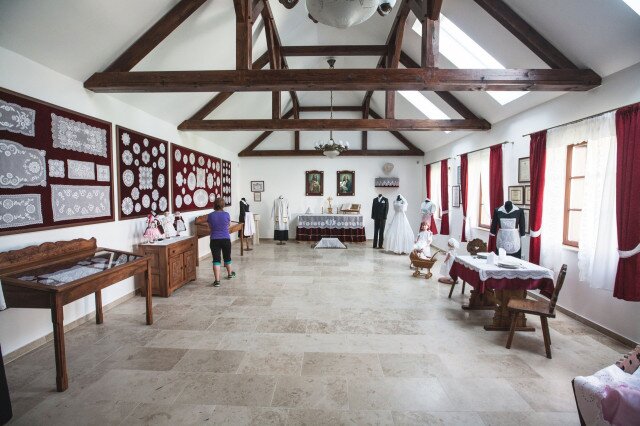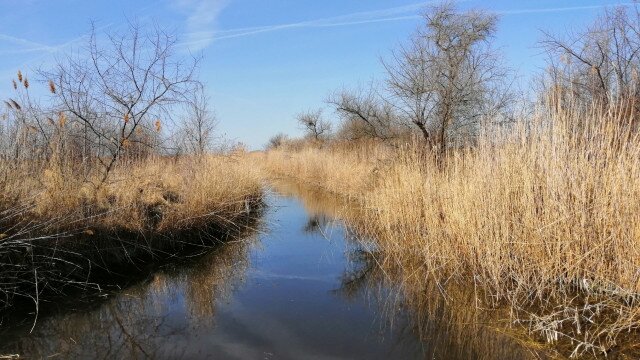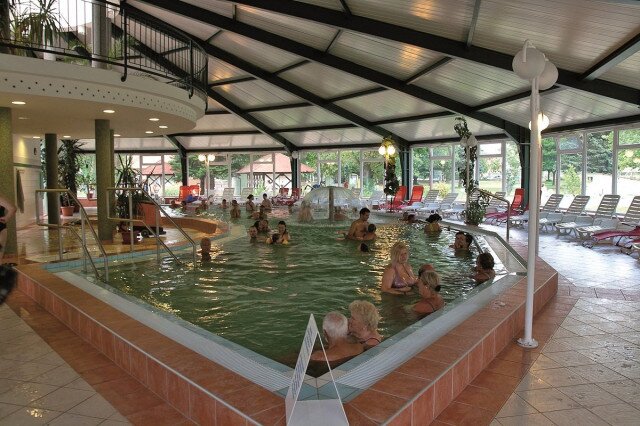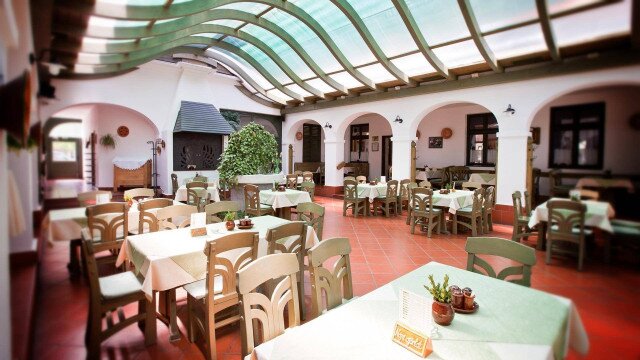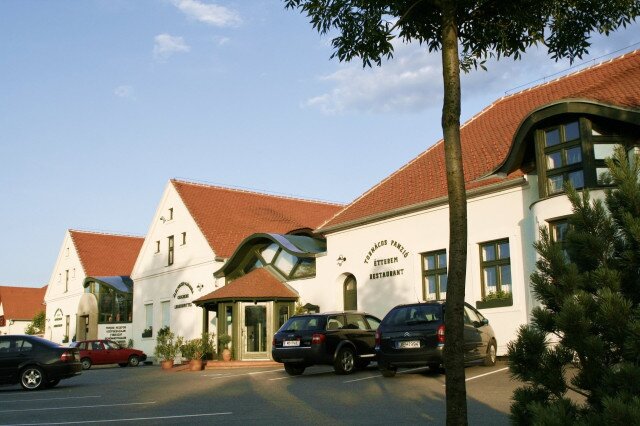Hegykő
Hegykő is part of the Fertő Area World Heritage Site and Fertő-Hanság National Park. It was named after a sacrificial (sacred) stone from the pagan times. The settlement that was already inhabited in the Bronze Age and was first mentioned in a document in 1262 as Igku (pronounced as "idyku", meaning sacred stone), which later became Hegykő. After the conquest, the area became the property of the Kér tribe and later it was owned by the castle of Sopron. In the following centuries, the village had several owners (the Kanizsa, Nádasdy, Esterházy, Széchényi families and the Máriacell Benedictines), but in 1771 it finally became the property of the Széchényi family. In
Attractions:
Sá-Ra thermal bath: The Hegykő thermal bath with indoor and outdoor pools and high-quality medicinal water awaits its guests wishing to recover, do sports or just relax and unwind all year round in the protected natural environment of the Fertő area. The Sá-Ra thermal water is rich in solutes, contains sodium chloride, fluoride, and sulphur, it also has an alkaline-hydrogen carbonate characteristic, slightly heavy, with significant iodide content. At a temperature of
St. Michael's Church: Built in
Lace House: It is next to the church, established in the former judge's house. It presents a unique lace collection of Hövej that is considered to be one of the "megyerikumok" (unique features characteristic of the county). The over 100-year-old house itself is a specialty, with its rare furnaces and its so called "clean rooms".
1 Drop of Pálinka House: Opposite the bird-watching leisure park you can find the 105-year-old “Masina House”, in which, after a complete renovation, the 1 Drop Pálinka Open Distillery started to function in
“On the way of reed” educational trail: Starting from the St. Michael's Church towards Lake Fertő and the Hegykő main canal (the sign indicating the “Nádak útján” educational trail shows the road), you pass the former folk school building (today a pálinka distillery) and a playground, then you follow the road that is covered in asphalt then by dirt all the way to the Iron Curtain Memorial.
Iron Curtain Memorial: At the edge of Hegykő you can see what the Iron Curtain used to be like in its original location. The memorial site was largely made using contemporary materials. Three eras of the technical lock can be seen here on a 40-meter-long section. The history of the Iron Curtain is presented by information boards on site.
Sacred Stone: According to legend a sacrificial stone stood in pagan times in the area of Hegykő. The conquering Hungarians presented their sacrifices to their gods at this lonely stone in the grove. This legend came to life in the autumn of 2008, when the Holy Stone Monument was erected in the Garden of Heroes in Hegykő. The pagan sacrificial stone refers to the times before the adoption of Christianity. It also plays an important role in one of the legends about the origin of Lake Fertő (The Legend of the Girl with jar).
“There were once two villages at the site of Lake Fertő. The larger one was called Leányfalu (Girlsville). One day the most beautiful girl in the village went to the well for water. After filling her jar, she was heading home, when she met an old man. The old man asked the girl for water, but she did not give him any. She barely took a few steps when he stumbled upon a stone and fell. The water began to flow out of her jar and was just flowing and flowing unstoppably. Then there was so much water that it flooded the village, then the other six villages were also covered in water. This is how Lake Fertő was formed, and the stone in which the girl stumbled may be the namesake of the village.”








